Anyone who thinks the 32X was nothing more than a steaming pile of shit has never played Shadow Squadron. If they had, they’d not only know that the 32X had its share of great titles, they’d know it played host to what was quite easily the best space sim available for fourth generation consoles. It may have paled in comparison to PC sims like Wing Commander and the X-Wing series, but it beat the shit out of anything on the 16-bit consoles.
I think there’s no better way to end 32X month then with a look back at one of the platform’s best titles. Known as Stellar Assault in Europe and Japan, Shadow Squadron was one of the closest things the 32X had to a true killer app during its brief lifespan. Check below the fold as we explore what makes this hidden, forgotten gem so special.
Shadow Squadron can be best described as a no-frills meat and potatoes space sim. This game doesn’t have a story, characters, or even any visible people. It’s just a world of starfighters and capital ships all gunning for your little vessel as it blasts through six missions of non-stop action. This lack of world and character is easily Shadow Squadron’s greatest flaw. The enemies are faceless. You are all alone with your thoughts without even a wingman at your side (which is a little odd given the game is called Shadow Squadron). There is nothing to become invested in. This lack of world and sense of loneliness keeps Shadow Squadron from standing on the same level as its peers on the PC. At the same time though, it allows Shadow Squadron to be something wholly unique and different in its genre, and something uniquely suited for the limitations of its hardware.
What I love most about Shadow Squadron is its simultaneous use of scale and simplicity. This is not a game that forces you to complete a complex series of objectives like scanning cargo containers and protecting fleets from enemy bombers while disabling enemy capital ships in order to get to your space battles. There are no long, drawn out moments of quiet as the game tries to convince you that your routine patrol isn’t about to turn into one big clusterfuck. No, this gets down to the nitty-gritty right from the get go: you’re pointed at an enemy fleet and ordered to blow the shit out of them, and it is glorious.
Things start out small, with a mere three capital ships, each with their own contingent of fighters. Once you figure out their weak points, the early capital ships are easy to dispatch and all of the fighters in this game explode after a single hit. This may sound easy, but it won’t be long before your taking on massive ships and loads of vessels single-handedly. This isn’t really a game we’re you’ll engage in intense dogfights with enemy fighters, since the fighters go down easy and are rarely even the designated targets. No, this game is about engaging in David and Goliath duels with ships ten to twenty times your size, taking them apart piece by piece, until they explode into a cloud of flat-shaded polygons.
These battles can get intense, as you go into each with only a limited amount of energy. Overusing the after burner, firing you’re weapons aimlessly, and firing your ships special weapons early and often will almost always result in a quick death. In this game, you have to ration your energy carefully. Even a single screw up can completely turn the tide of a battle. One moment you’re cruising around blowing up capital ships, carefully watching your reserves to make sure you have enough energy left to unleash a flurry of powerful shots against the mission’s most powerful vessel…then you accidentally bump into your next target and lose most of your shielding. Which is what also powers that big gun you were going to use. So you’re kind of boned. The two different fighters you can choose from deal with their energy reserves differently, but both punish reckless usage of the energy.
The Feather 1 is fast and nimble and offers the best energy solution for getting through the whole game, though this comes at the cost of durability. It has two energy reserves, laser energy and shield energy, which deplete separately. If you just fire your normal lasers you likely won’t have too much of an issue with energy, unless you decide to use the Feather 1’s special lock-on torpedoes to expedite the destruction of enemy craft. This weapon, though more powerful, drains your laser energy quickly. Using up your laser energy will result in the automatic transfer of all remaining shield energy to the weapon, which leaves you extremely vulnerable. If you take even a single hit from any weapon, you are done. Survive, and both of the Feather’s energy reserves will be restored while en-route to the next mission.
The Feather 2 is slower and less maneuverable, but compensates with a unique targeting reticule that can actually move independently of your ship, allowing for more precise shot. The Feather 2’s weapons are also more powerful and capable of destroying the plasma balls fired by capital ships. Overall, the Feather 2 is actually a much better ship then the Feather 1, but it comes at the cost of how the ship handles energy. The Feather 2 has a single reserve for both shields and lasers, so every time you want to fire your ship’s unguided energy torpedoes (which can utterly wreck a capital ship) you lose shielding, and every time you get hit, firing those energy torpedoes becomes riskier. If that weren’t bad enough, your ship only has a limited amount of on-board energy with which to recharge your shields between missions, and this energy can also be depleted through use of the after burner. Run out of that, and your destruction is a virtual guarantee.
This energy management adds a nice bit of depth and strategy to what would otherwise be a fairly simplistic game, and makes the work of taking apart huge space ships all the more exhilarating when you inevitably screw up and you have to take on one of those ships with a fraction of the energy you thought you’d have. With the way this game is designed though, you’ll want to be reckless, because these ships can be very difficult to take down with your regular lasers. The best part about this game is planning how you’ll take down the fleet, then going between the different kinds of ships and taking them on in different ways to best exploits their weak-points or openings, planning and where and when you’ll unleash your more powerful weapon. It’s this sort of David vs Goliath, X-Wing vs Death Star type dynamic that makes this game so fun to play, even if it lacks the bells and whistles of its peers.
Though I’ve mostly talked about the single player so far, this game does have a multiplayer component similar to Star Wars Arcade. Player one flies while player two shoots. It’s an interesting little way to fly the Feather 2, but not one I particularly cared for. It’s also possible to experience this mode in single player by allowing the Feather 2 to fly automatically, but it’s really just a rail shooting mode, and one that pales in comparison to the regular flight mode.
It’s this sort of David vs Goliath, X-Wing vs Death Star type dynamic that makes this game so fun to play, even if it lacks the bells and whistles of its peers.
Graphically, Shadow Squadron is one of the smoothest and fastest 3D games on the 32X. The game utilizes flat shaded polygons in the style of Virtua Racing and the original Virtua Fighter, and utilizes some impressive looking lighting effects not commonly seen in these early 3D console games. Though the graphics are simplistic, they allow for very smooth and fast graphics, with only occasional frame rate chugging that is so brief I didn’t notice it until recently. Shadow Squadron also has great draw distance, which allows it to convey a sense of scale uncommon to early 3D console games. When you warp into a new mission, you’ll be able to see pretty much every big ship in the area. The game itself remains surprisingly visually appealing, with the colorful flat shaded polygons coming off as stylized rather than primitive or ugly. Shadow Squadron may not try to push the 32X’s 3D capabilities as hard as Darxide or Metal Head did, but I personally prefer a smooth game over a slow, chugging game any day.
Shadow Squadron’s soundtrack is…okay. The 32X’s sound capabilities are kind of infamous, and though Shadow Squadron’s music isn’t terrible, it also does little to challenge this assertion. I doubt we’ll be showcasing this game’s OST on Tuesday Tunes all that often, unless I just feel like gushing over the game some more.
Though it doesn’t a have epic, cinematic storyline featuring John Rhys-Davies, Malcolm McDowell and Mark Hamill, and it doesn’t have a deep and involving campaign, Shadow Squadron has other things going for it. It feels like a lost SEGA arcade game from the mid-90s. How this didn’t get some kind of Model 1 arcade release baffles me, because from the simplistic objectives to the complete lack of narrative to the balls-to-the-walls, exhilarating space battles, this feels like something that would have come right out of SEGA’s arcade division during its mid-90s golden age. The game itself can be beaten in about an hour, but given you will die a lot, how much time you’ll spend with this game will depend on your patience and your skill level. Shadow Squadron is not only a really good SEGA game, but a great reason to own a 32X.
Positive:
- Taking apart huge capital ships
- Smooth graphics and controls
- A challenging arcade-esque game
Negative:
- Mediocre soundtrack
- Lack of a storyline makes the world of the game feel kind of dead and empty
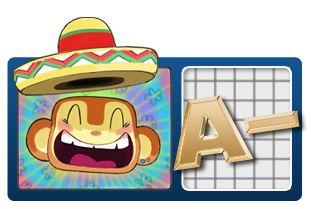 “Though it’s got nothing on PC entries in the genre, Shadow Squadron is an excellent console space sim, and one that is still fun.”
“Though it’s got nothing on PC entries in the genre, Shadow Squadron is an excellent console space sim, and one that is still fun.”
Ad:

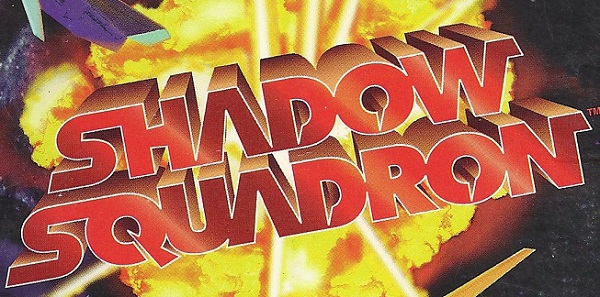
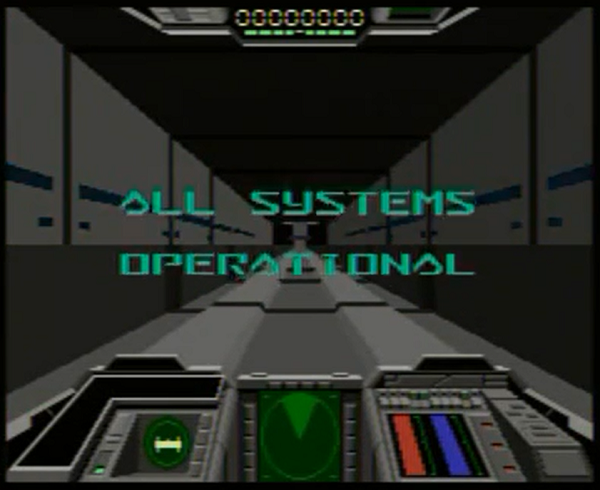
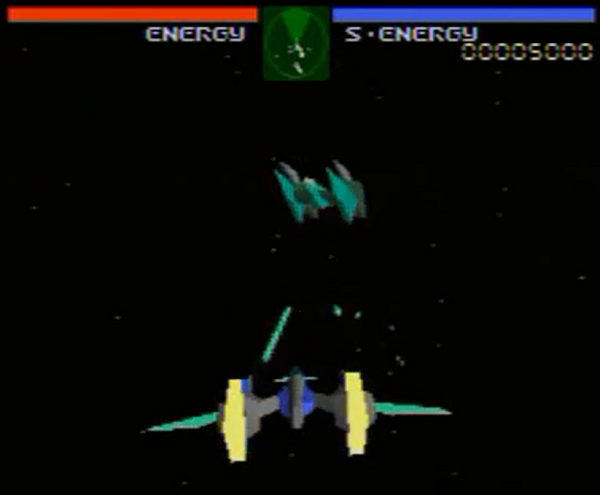
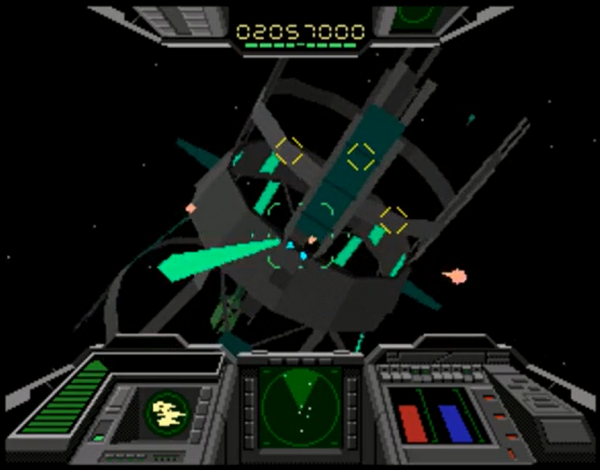
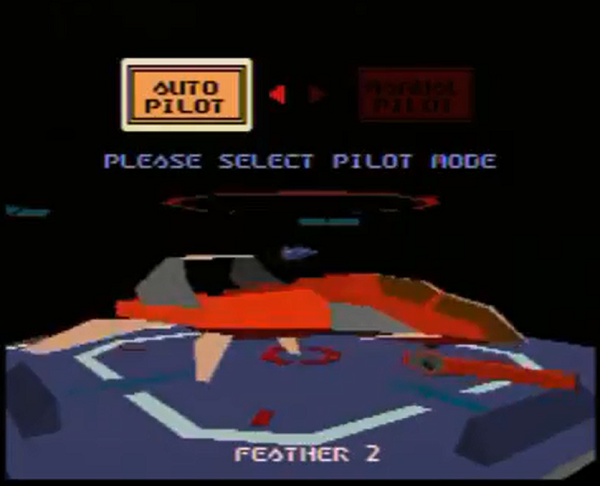
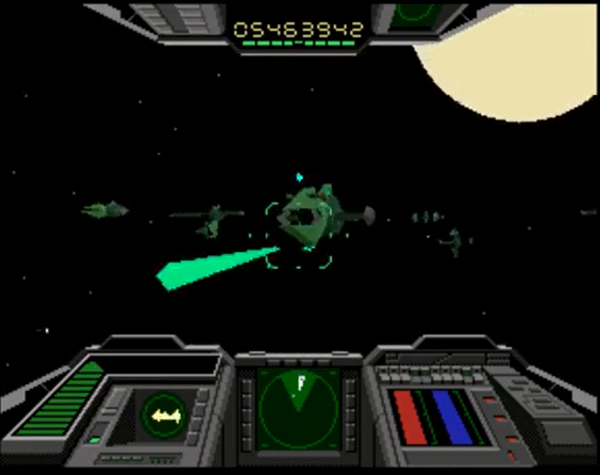
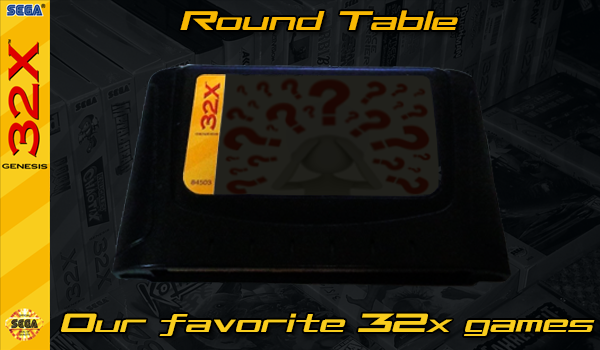
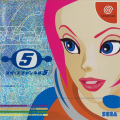

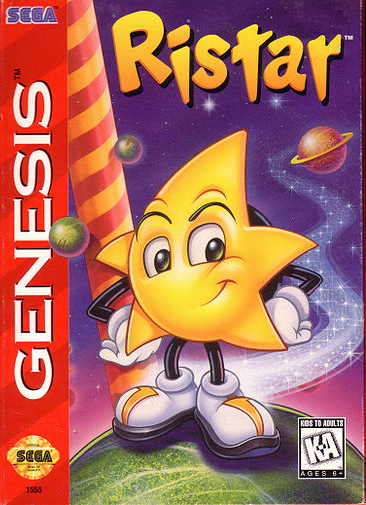
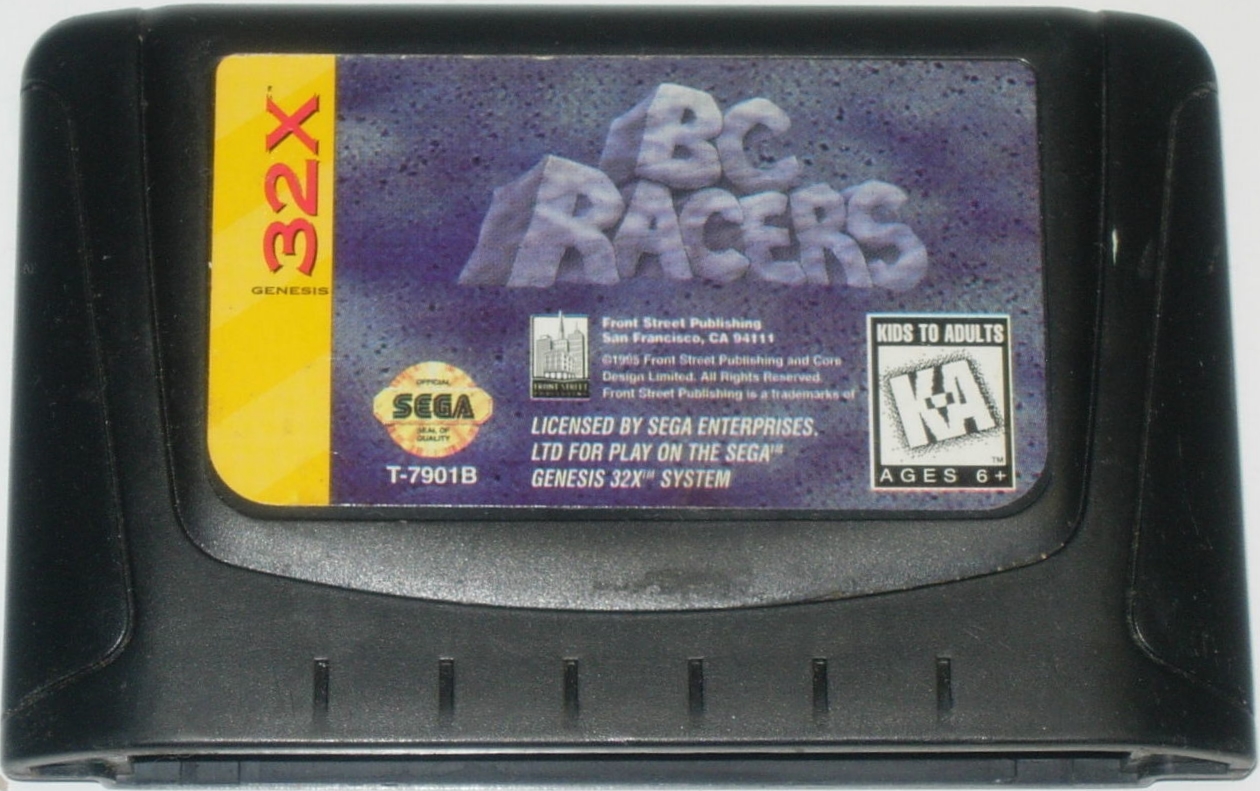
32X has great music and this game is an example of it: https://www.youtube.com/watch?v=QoWP9AGNrs0
Virtua Fighter, Virtua Racing Deluxe, Darxide, Metal Head, and Knuckles Chaotix all have great OSTs too. The 32X is known for its high quality music.
Your the first person I’ve ever seen say the 32X was “known” for its high quality music. I certainly won’t deny there are some great 32X tracks out there (particularly in many, though not all, of the games you listed). Hell, we featured three of those games in Tuesday Tunes, and I nearly featured Darxide over Kolibri (which I ended up not doing since Darxide was already getting an article).
Yeah, Shadow Squadron has some great tracks, including the one you listed and mission 5….but it also has some boring or repetitive ones, ESPECIALLY early in the game. Given the game lacks a save function and it’s relatively difficult to beat, these are the tracks I heard the most by far. Like this one:
https://www.youtube.com/watch?v=-WXhp1RPnAs
Overall, I find the soundtrack fairly middling.
There are very few games that I would take the time to set up a 32X and this is one of them. It’s really fun to play and the beginning take off sequence is awesome! =)
Hidden feature I loved was playing with a 6-button controller, you could Roll the ship left and right with X and Z.